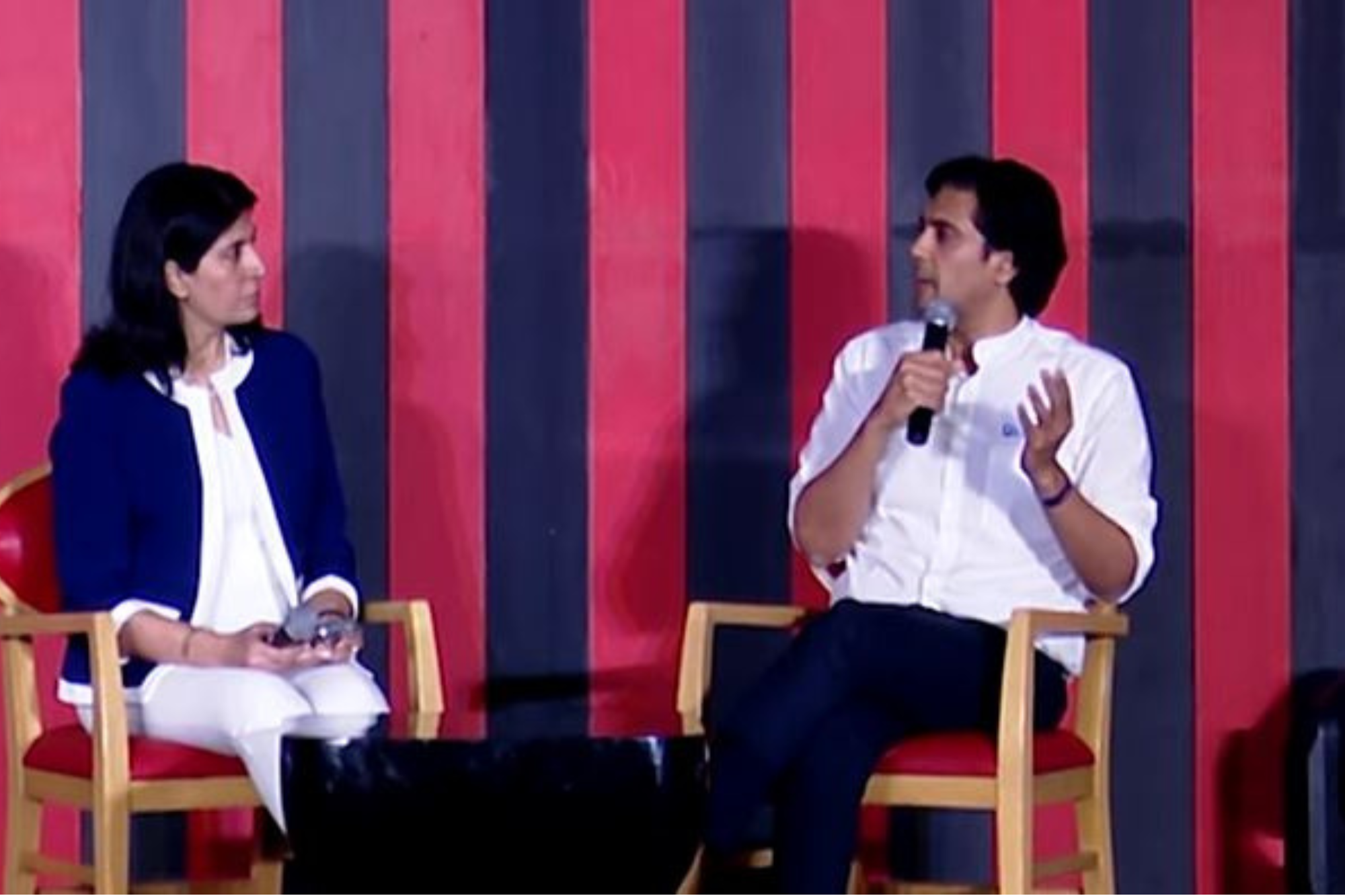Need to Develop Indian E-commerce Model The US model is not something that we are looking for, we want something which suits our needs
By Yuvraj Aman Singh •
Opinions expressed by Entrepreneur contributors are their own.
You're reading Entrepreneur India, an international franchise of Entrepreneur Media.

Ecommerce has been the buzz word lately. Everyone is talking about it as investors have put-in billions of dollars in companies like Amazon, Flipkart, Snapdeal while the sector shows no sign of profitability. Not just that, it remains anyone's guess that when and if at all the sector will become profitable ever! Why is it so that while Amazon USA has churned out eight consecutive quarterly profits, Amazon India shows no signs of profitability even with more than $2 billion in investments from the parent company?
India is fundamentally a different retail market when compared to the USA!
The USA has been a consolidated large-format modern retail market for decades now, with few leaders in every category. On the other hand, Indian retail is run by more than 12 million mom & pop stores! This is an evident difference which can't be ignored. The US model of large format modern retail with sprawling anchor stores spread over multiple floors of a shopping mall is high on overheads. Rental & other infrastructure costs, maintaining online inventory, manpower for customer service for every category; the list is long and everything adds to the overheads which the retailer must recover beyond direct costs to be profitable. Amazon online model, on the other hand, is extremely low on overhead as products are kept in some highly automated warehouse with negligible rentals & other costs compared to the high street. Customer acquisition and support are all online, further reducing the manpower costs. Needless to say, Amazon scores high compared to physical retail in the US and results are clear.
Let's Talk About India
In the Indian scenario, which is exactly the reverse, mom & pop fragmented retailers make 90per cent of the Indian retail trade with the balance is split between online and modern retail. These small retailers are extremely low on overheads. Run by the owners themselves, pay relatively lower costs in rentals compared to malls, are low on headcount, work under highly flexible margins and trade in real-time which means they carry fewer inventories. They don't have any online presence and bear no overheads in digitizing and maintaining online inventory.
Added obstacle- as per the government regulations on FDI in multi-brand retail, marketplace operators can't be sellers! This means that they can't buy direct from manufacturers and sell, thereby saving on distribution and retailer costs. They can only run marketplace which connects sellers to buyers. So, in the end, there is some retailer/distributor somewhere selling you goods on an online portal but the current model of online commerce has added a significant layer of overheads in product pick-up, warehousing, delivery, COD management and online/offline branding.
Who is going to pay for all these overheads? The current online model does not bring any efficiency in the retail chain and no cost savings can be done to offset the overheads-so the inevitable happens. Apart from adding operational overheads, the current online commerce model creates other problems.
To list a few-
Increasing the Digital Divide
While the government is all focussed on reducing the digital divide between the haves and have nots, the current e-commerce model is working against this cause. It encourages the buyer to go online while leaves behind millions of mom & pop stores who don't have resources to build an online digital store. In the end, we have a situation where only a handful of large VC funded retailers, likes of WS Retail on Flipkart and Cloudtail on Amazon, take 40-50per cent share of the online sale while the common brick & mortar retailers suffer.
Online is Highly Eco-unfriendly
Online cmmerce involves movement a product from the seller's address to a central warehouse, which may or may not be in the same state, and then travel back to the delivery address. So, it is highly likely that a buyer from Karol Bagh is sold product by a seller from Karol Bagh but the product has done a round trip to marketplace operator's warehouse in Gurgaon. Needless to say, the carbon footprint of online commerce is much higher than when you visit a shop next door and buy direct. The problem is further aggravated by the amount of waste created from the packaging materials used in online shipments. India, as a country is already struggling with it's waste disposable and recycling and the millions of online parcels, are making it worse.
To summarize, instead of doing a "cut & paste" of the retail model from western countries, India needs to evolve its very own online commerce model which enables the 12 million+ retailers to step up the value chain and reach out to online buyers without incurring significant overheads. We need a model which helps create more jobs and bring value to add to every stakeholder dependent on the retail industry, and not just few who are deeply funded by international investors and can burn money at free will!












